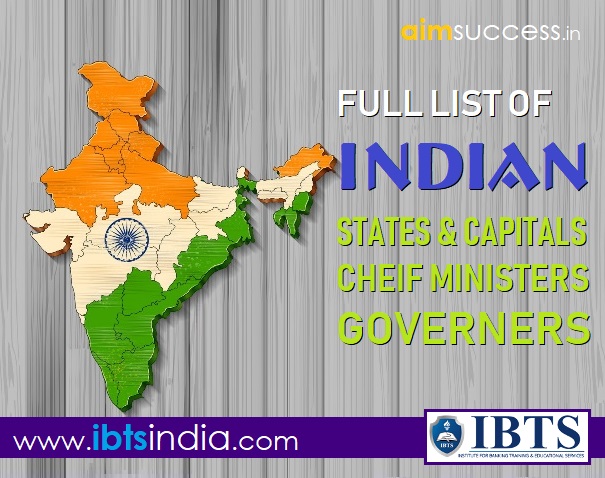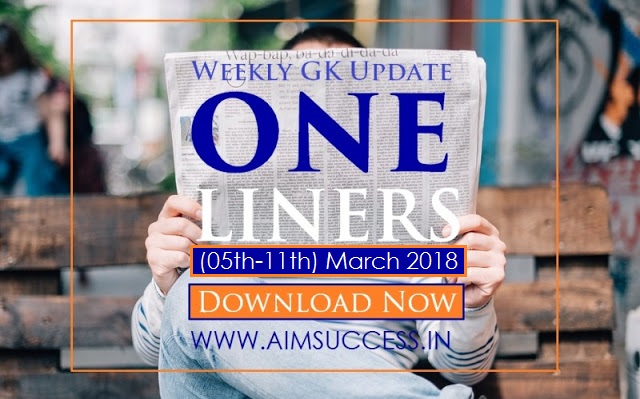Happy Lohri 2018: History, Importance & Celebrations
Lohri is one of the most commonly celebrated festivals in India and it is a way to spread the joy of seeing the sparkling pearls of Rabi crops amidst traditional folk songs, dance and food.
India is considered the land of festivities. As some say, India has more festivals than the number of days in a year. Sometimes, we see in the panchang (the Hindu calendar according to Vedic traditions) and see more than five festivals on a single day. After the commencement of the New Year, while the whole world is busy planning for the New Year, Indians find themselves looking forward to a slew of upcoming festivals. Since India has been the land of great rishis and munis, who have reached the perfection of yogic practices, they made sure that every single festival or ritual associated with it must have a scientific reason behind it.
One of the festivals in this series is the festival of farmers, Lohri. Primarily considered the festival of Punjabis, this festival is celebrated with great pomp and show, especially in the north Indian region. One of the first Hindu festivals of the year, it is essentially termed as the festival of the farmers, the festival of harvest, whereby, the farmers can thank the Supreme Being and his agents by lighting a bonfire and offering sacrifices in their names and asking for their blessings. Lohri is a way to spread the joy of seeing the sparkling pearls of rabi crops amidst traditional folk songs, dance and food.
Lohri celebrations – History
Lohri’s origin dates back to the Indus valley civilisation. Since this civilisation prospered in the areas of northern India and Pakistan, the festival is primarily celebrated in a similar manner in those regions. It has various other names in the other parts of India such as Pongal in Tamil Nadu, Makar Sankranti in Bengal, Magha Bihu in Assam and Tai Pongal in Kerala.
The stories related with Lohri are numerous and are based on religious as well as socio-cultural traditions and events. The most famous and interesting legend behind Lohri is the story associated by Dulla Bhatti.
Dulla Bhatti was popular among the poor, akin to Robin Hood, at the time of Mughal king Akbar. He used to plunder the rich community and distribute the loot among the poor and needy. This made him famous and revered among the populace. As the legend goes, he once saved a girl from the hands of kidnappers and then took care of her like his own daughter.
The other stories say that the word Lohri has come from the root ‘loh‘, which means a big iron griddle or tava on which chapattis are made for community feasts. Another version says that the Lohri word comes from ‘Loi’, who was the wife of the celebrated reformer Kabir Das.
Importance of Lohri
Originally, Lohri was celebrated the night just before Winter Solstice. It used to mark the coldest night of the year, which was followed by the longest night and shortest day of the year. Since the night is extremely chilly, people protected themselves by burning the fire and keeping it throughout the night and spending their time around the fire, propitiating the deities of the sun and fire and then, made merry by eating the remnants of the offering, dancing, singing and then taking heavy and delicious food, along with their relatives. This festival also marks the harvesting time of rabi crops, that is, the crops of the winter season. The people of Punjab, the most fertile belt of India, celebrate the harvesting of sugar cane thorough this festival. Sesame seeds, jaggery, radish, mustard and spinach are also harvested, and they are the primary attractions of the festivity. People make sweets called revari and gajak, and staples such as Sarso ka Saag with Makki ki roti. Radish is one of the attractions of the feast and is also included in it.
Lohri, Science and Symbolism
Now-a-days, Lohri is celebrated on the day just before Makar Sankranti, and this year it falls on January 13. Makar Sankranti falls in the season of Shishir Ritu, the fiercest form of winter season. In this season, the amount of vata (air) and kapha(ether) increases in the body due to severe and harsh cold.
Also, the beginning of Aadan Kaal, or the time when the sun goes in the northern hemisphere marking the introduction of roughness in the weather and, hence, people are recommended by the Ayurvedic shastras to consume items made of sesame and jaggery to keep their body warmer and brace the cold winter. Also, the fire that is burnt on this day prepares the body for the upcoming harshness of the weather from the next day.
Customs and Traditions
There are various customs and traditions associated with the festival of Lohri. Two-three days before, children and the girls of the house go from door to door asking for Lohri items such as sweets, sugar, sesame seeds, jaggery and cow dung cakes. They go to each door, singing verses in the praise of Dulla Bhatti and other traditional songs. The please owners give them rewards and, sometimes, money as well as part of the festivities. In the evening, when the sun is about to set, the people assemble in an open space and put all the items of the bonfire, like the cow dung cakes, logs, wood and sugar cane and light the bonfire.
Since this festival marks a thanks giving to the sun god, the mother earth, the fields and the fire, they offer oblations to the fire in the name of various demigods and chant their names and mantras. All the ‘loot’, which has been collected from the people in the form of popcorn, maize seeds, jaggery, rewari, gajak, peanuts and sesame seeds, are put in the fire as offering and then the prasad, or the remnants, are distributed among everyone.
People circumambulate the fire, which marks a sign of respect and reverence and pray for their prosperity and health. Then, the people of the household assemble in groups of men and women and perform the traditional folk dances of Bhangra and Gidda, separately.
The whole mood continues and at the end, the feast is organised, which consists of delicious dishes.
Why Lohri Puja?
Lohri is a festival associated directly with the sun, earth and fire. Sun represents the life element, earth represents our food and fire maintains our health. All these elements are granted to us free of cost by the supreme personality of godhead and we are not liable to pay for them.
But, since we require them and are taking the selfless service from the nature, it is always advised to say thanks to them in return and pray to them for our protection and prosperity.
The day following Lohri is Makar Sankranti, the day when sun transits into the zodiac sign Capricorn. This transition has various effects on everyone. So, to prepare ourselves for the upcoming financial year and to render the farmer with lots of bounty from his field and prosperity in his life, the deities of the sun, earth and fire are worshipped in Lohri Puja.
This post has been written by experts at Shubhpuja.com – an Indian platform for authentic Vedic puja services and research worldwide. Awarded by Department of Science and Technology, Government of India.
Lohri Songs
There are many Lohri songs. For example, the following song which has words to express gratitude to Dulla Bhatti (the 'ho's are in chorus)
Translation of Lohri songs
Like Fire sanctifies our endeavour for a good life on the one hand and destroys evil spirits on the other we advice you to Practice with perseverance to negate your weaknesses and to brush up your skills.
May the bonfire give you Warmth and Joys of Life,
Rewari and Gachak bring sweetens to your Relationships,
Moongphalli and til add Crispness to Your Actions,
and the Kite of your Success soar high into the Sky!
Wish you a very Happy Lohri!
Team aimsuccess.in












